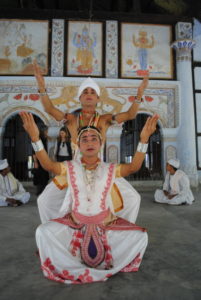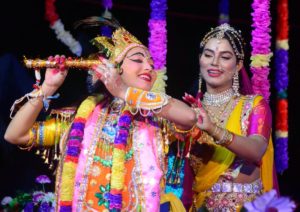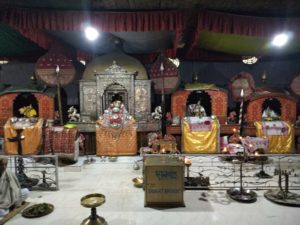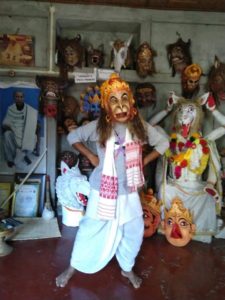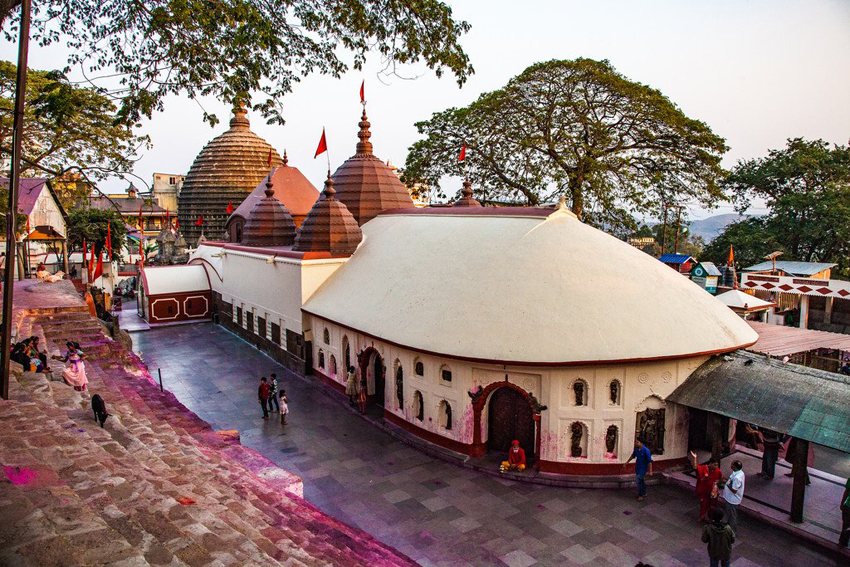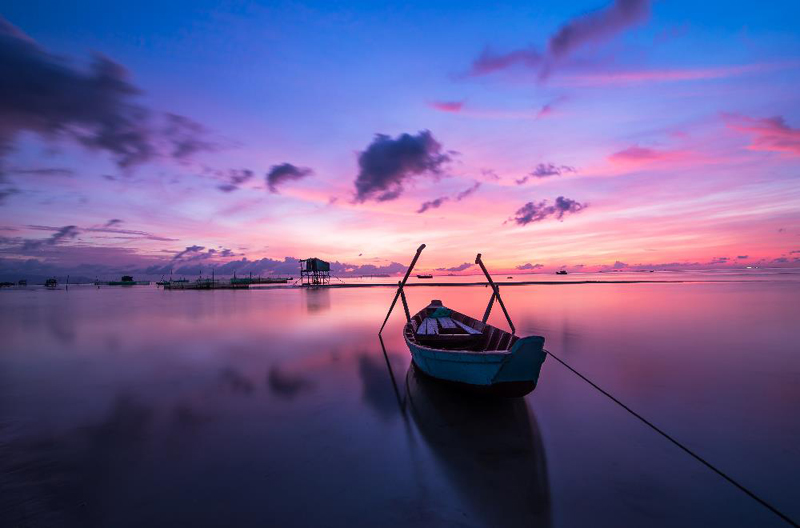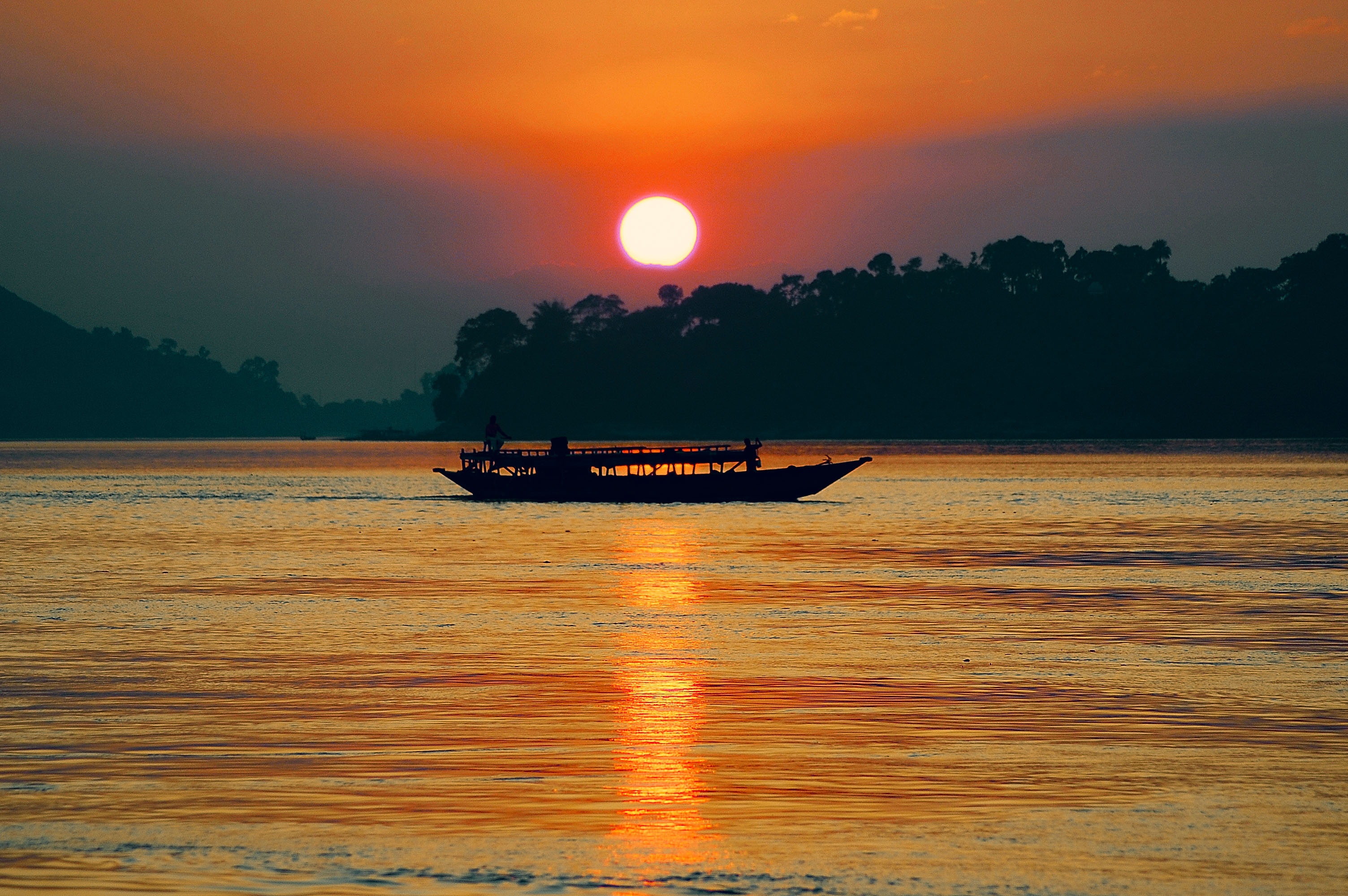The largest inhabitant river line island in the world Majuli has been the hub of Assamese neo-vaishnavite culture and it is the cultural capital and the cradle of Assamese civilization for the past 500 years, by the revered Assamese saint Srimanta Sankardeva and his disciple Madhavdeva. The first vaishnavite monastery was at Belaguri in west Majuli. After that 65 Monasteries (SATRAS) were set up. Today only 22 of the original 65 are survived.
The main tribe of Majuli is Mishing. They comprise of about 47% of the population of Majuli. The term Mishing is also made up of two words- ‘mi’ means people and ‘yassing’ means fine, and that’s why they call themselves fine people. Other comprises Chutias, Deoris, Sonowal Kacharies, Koches, Naths, Kaivarttas, Mattaks, Ahoms, Kalitas, Brahmins etc.
PLACES OF INTERESTS IN MAJULI ISLAND
- Satriya Dance at Auniati Satra Majuli
Auniati Satra: Founded by Niranjan Pathakdeva, the satra is famous for the “Paalnaam” and Apsara Dances and also its extensive assortment of ancient Assamese artefacts, utensils, jewellery and handicrafts. It also has a hundred and twenty five disciples and over seven hundred thousand followers worldwide.
Dakhinpat Satra: Founded by Banamalidev, a supporter of Raasleela, which is now observed as one of the National Festivals of Assam.
- Raas Mahotsava at Majuli
Garamurh Satra: This “Satra” was founded by Lakshmikantadeva. During the end of autumn, the traditional the Raasleela is enacted with pomp and celebrations. Ancient weapons called “Bartop” or cannonss are preserved here.
- Inside Kamalabari Satra
Kamalabari Satra: The Kamalabari Satra, founded by Bedulapadma Ata, is a centre of art, cultural, literature and classical studies on the island. Its branch the Uttar Kamalabari Satra has performed cultural programmes of the Satria Art all around the country and abroad.
- Mask Makers at Samaguri Satra in Majuli
Shamaguri Satra: The satra is famous for the masks making in India.




